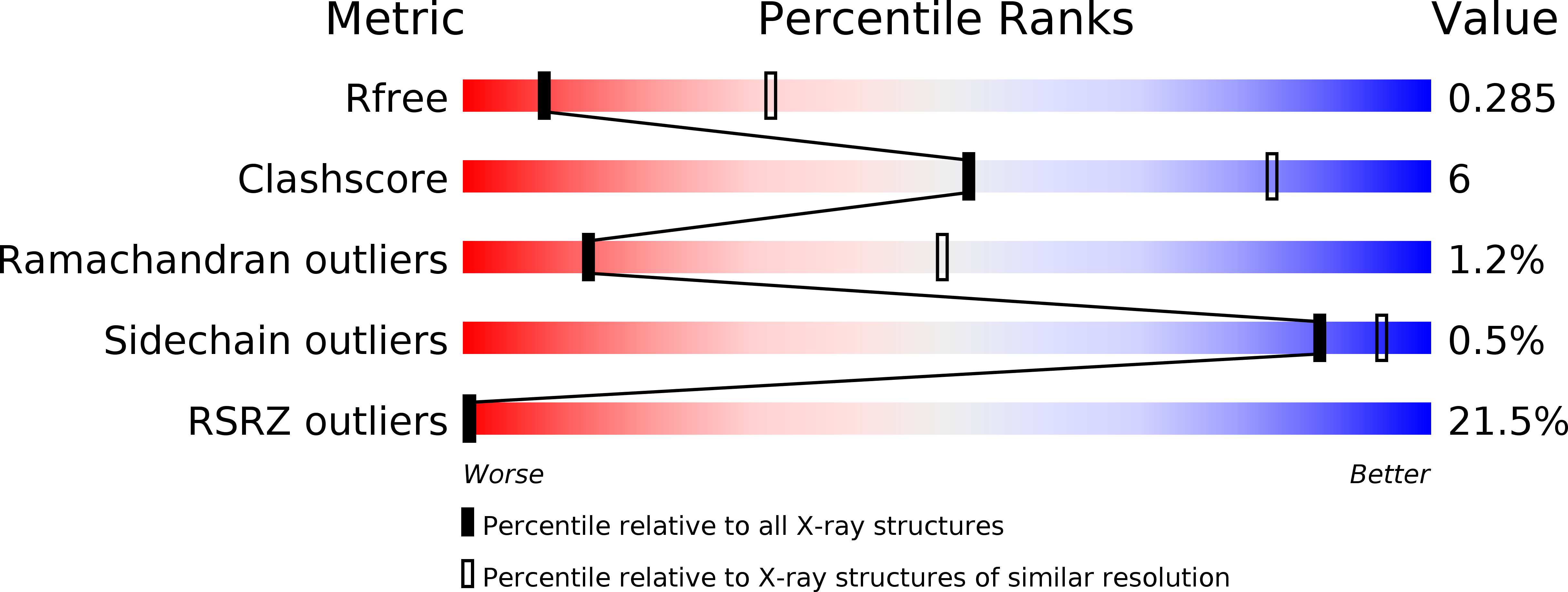
Deposition Date
2006-11-29
Release Date
2007-10-23
Last Version Date
2023-12-27
Entry Detail
Biological Source:
Source Organism:
Canis lupus familiaris (Taxon ID: 9615)
Host Organism:
Method Details:
Experimental Method:
Resolution:
3.20 Å
R-Value Free:
0.29
R-Value Work:
0.28
R-Value Observed:
0.28
Space Group:
P 1 21 1


